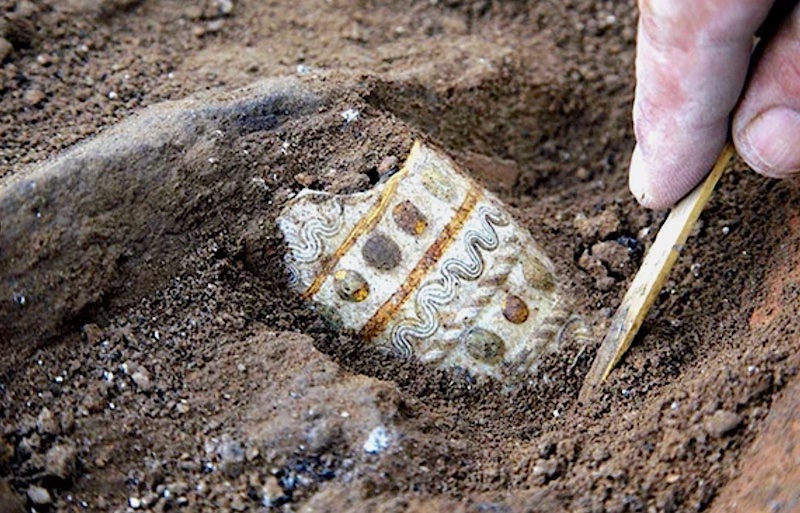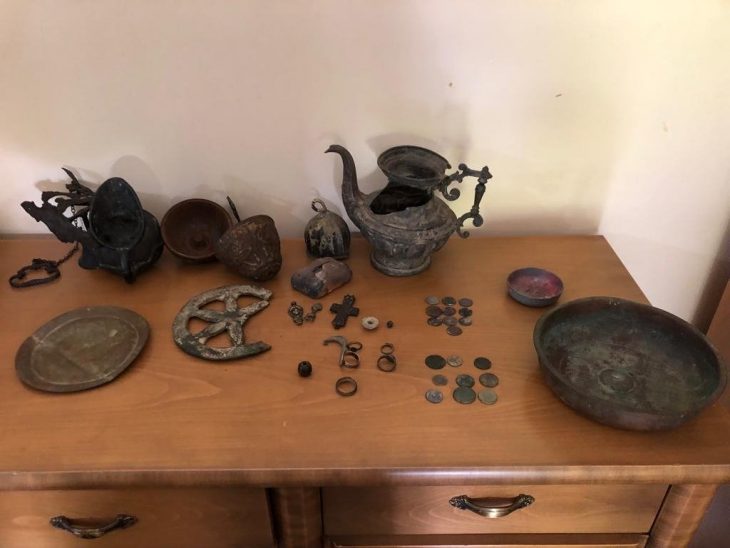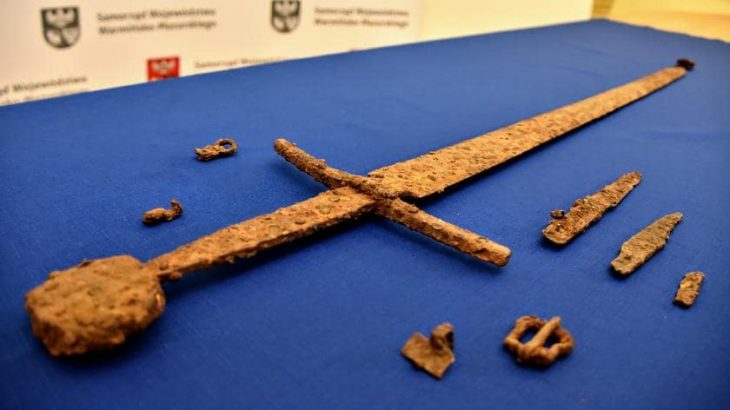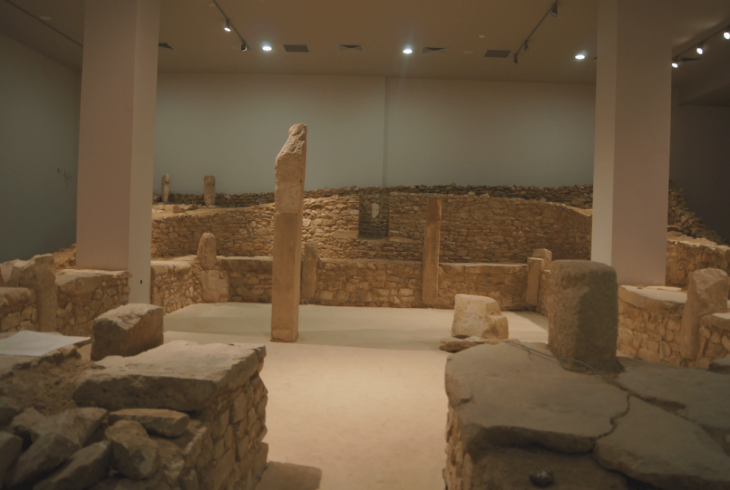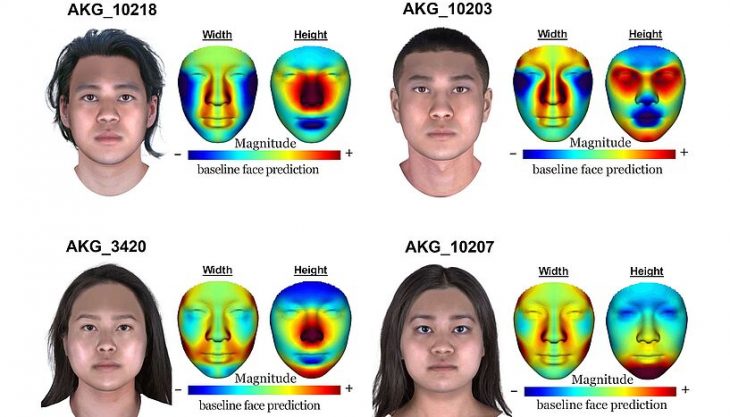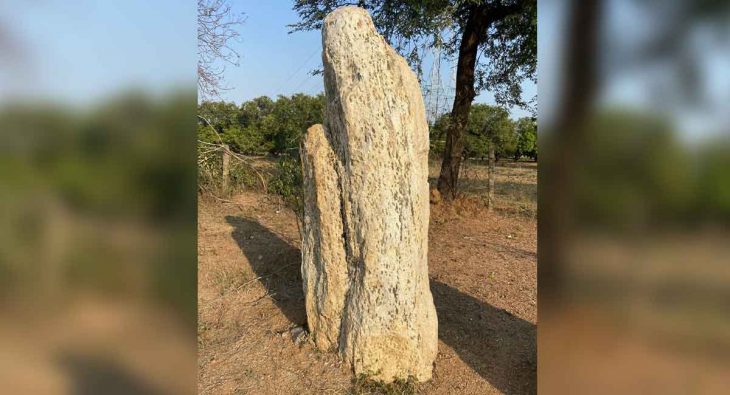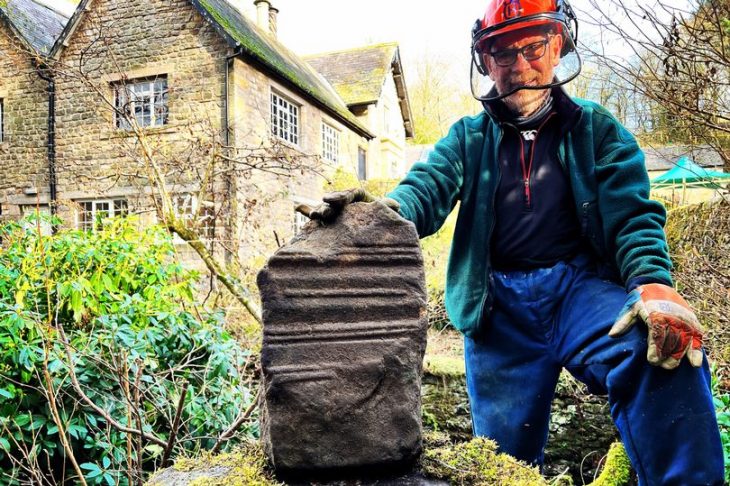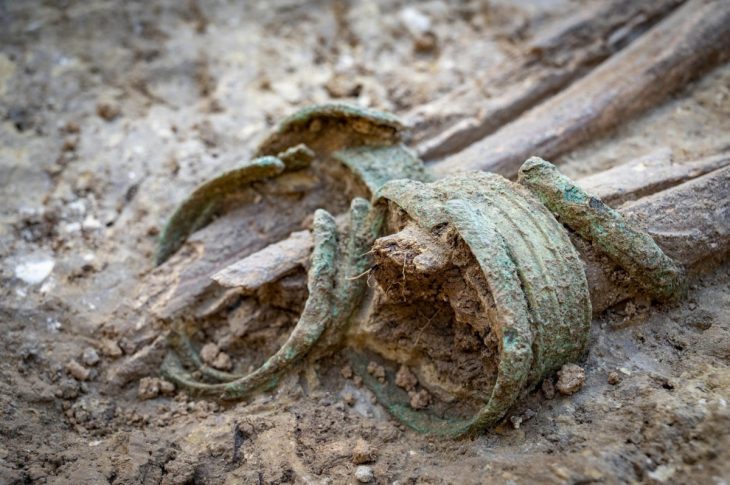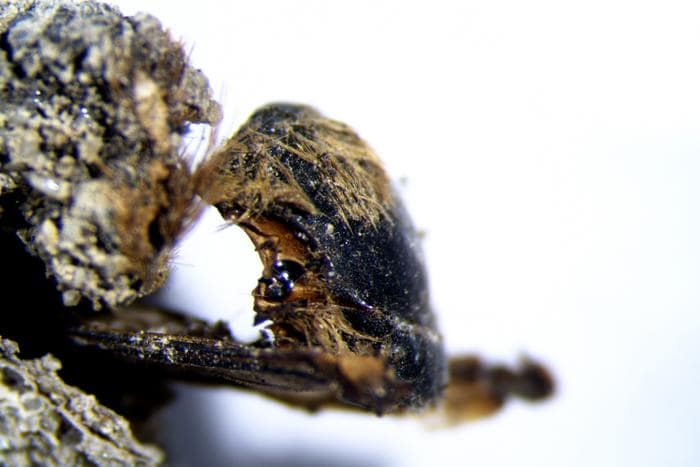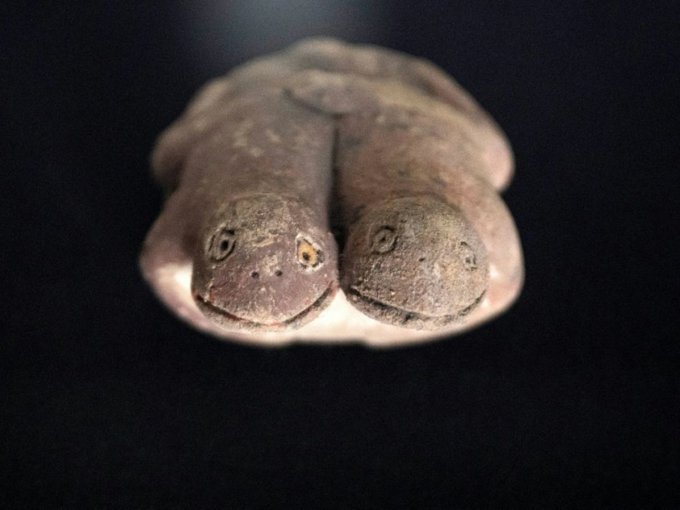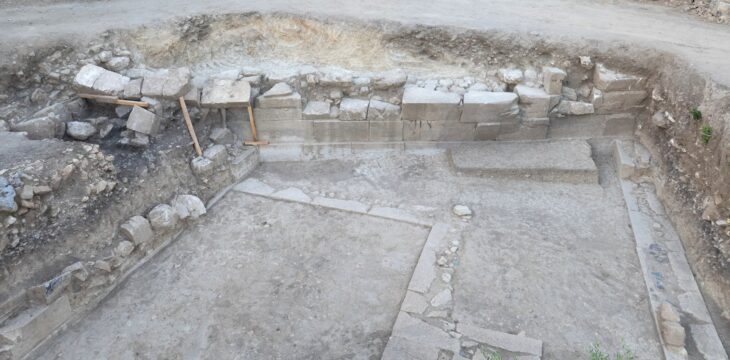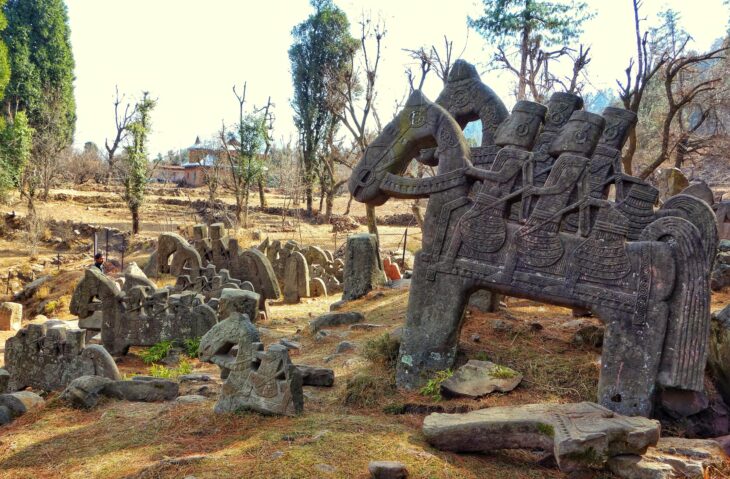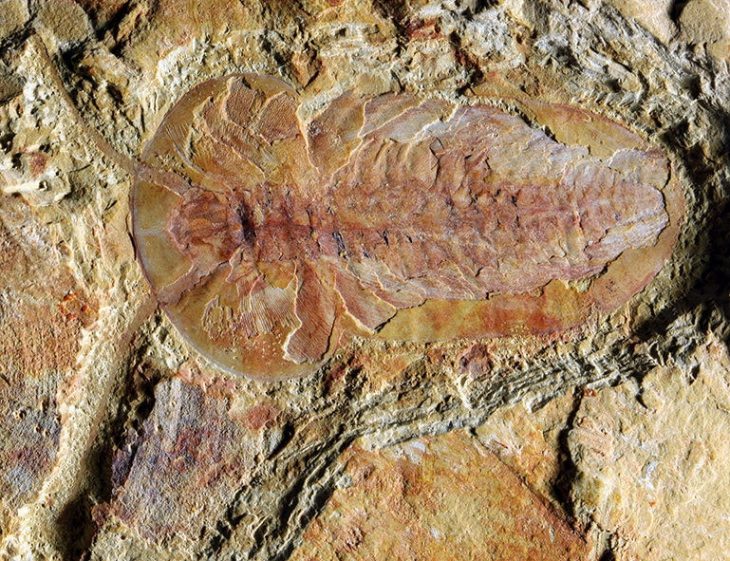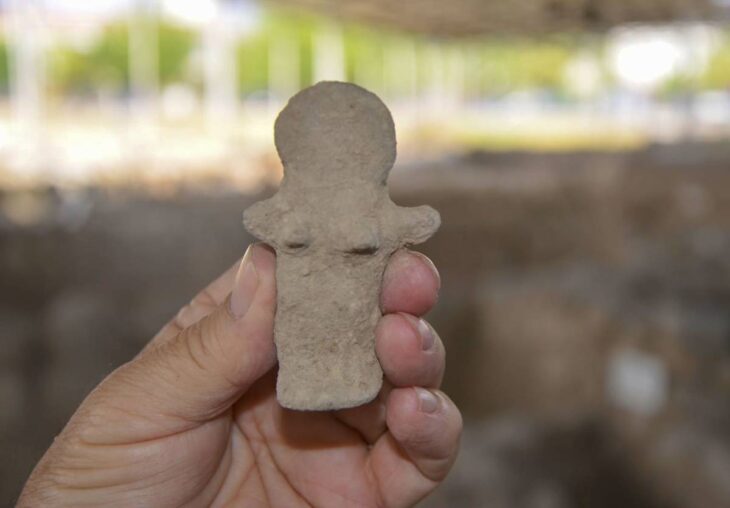Nestled along the western bank of the Kızılırmak River in central Turkey, the archaeological site of Büklükale continues to astonish researchers with its wealth of ancient artifacts. Among the most remarkable finds from this mid-second-millennium BCE settlement are some of the earliest known examples of glass craftsmanship in Anatolia—revealing the Hittites’ sophisticated material culture and cross-regional influences.
Early Glass Technology in the Heart of Anatolia
In the ruins of Room R14 of the citadel area, archaeologists uncovered a rare, pear-shaped glass bottle and a cobalt-blue disk-shaped pendant. These discoveries date back to the late Karum period or early Old Hittite era (ca. 17th–16th century BCE), representing some of the oldest glass objects ever found in Central Anatolia.
The bottle displays intricate decorative motifs—zigzags and fishbone patterns—consistent with Mesopotamian glass traditions from Nuzi, Assur, and Tell al-Rimah. Such craftsmanship reflects a highly advanced production technique known as core-forming, where molten glass was wrapped around a removable clay core. What’s striking is that isotope analysis suggests this bottle may not have been imported from Syria or Mesopotamia, but rather produced locally—implying the existence of a yet-undiscovered glass workshop in or near Central Anatolia.
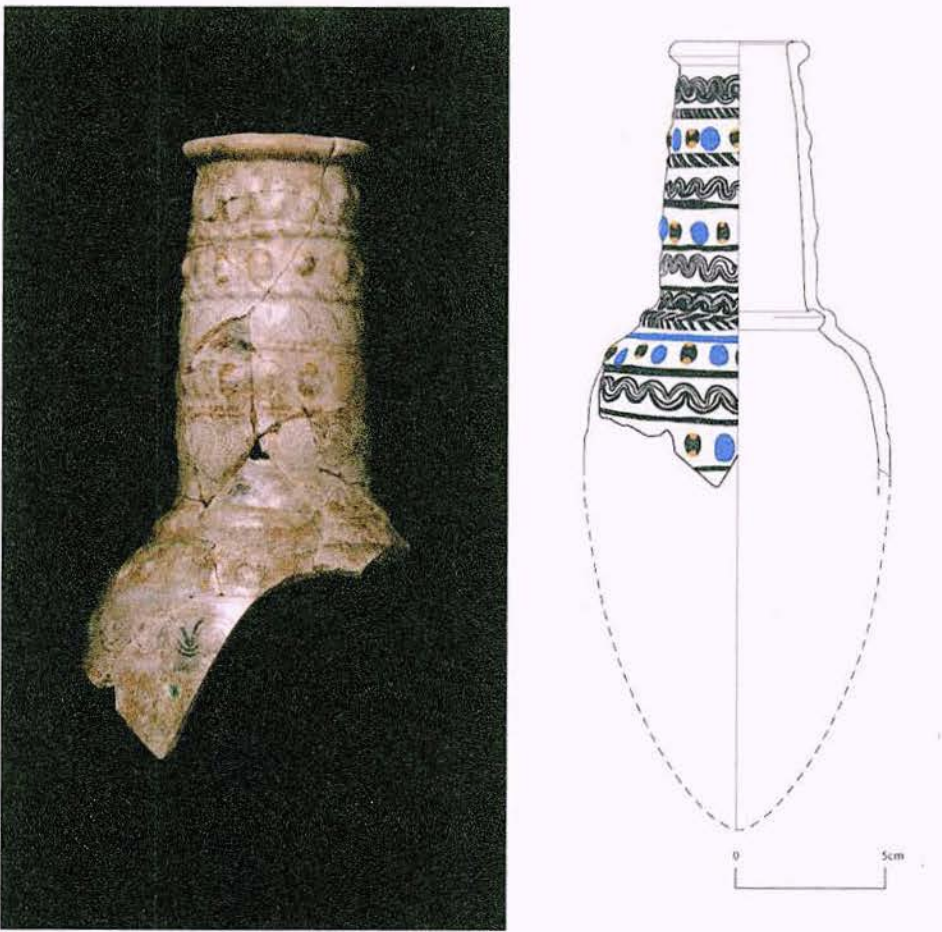
The Hurrian Influence and the Goddess Ishtar
Even more intriguing is the disk pendant, which shows stylistic parallels with offerings to the Mesopotamian goddess Ishtar. Similar items were discovered in temples at Nuzi and Assur, typically hung on wall pegs as ritual decorations. Their presence in Büklükale suggests not only cultural exchange but possibly direct religious or ceremonial practices linked to Hurrian-Ishtar worship. This supports broader evidence of Hurrian cultural penetration into Central Anatolia during this period, influencing local beliefs and elite identity.
A Multicultural Urban Center
The broader excavation of Büklükale has revealed a settlement with a rich, multi-ethnic character. Artifacts from the Karum trade network period (ca. 20th–18th centuries BCE) overlap with early Hittite imperial layers. Archaeologists have identified both Hittite and Hurrian cuneiform tablets, including a diplomatically charged letter possibly sent to a Hittite king, and sealings bearing royal insignia like the Tabarna bullae. Such findings indicate that Büklükale served not just as a provincial town but as a political and administrative node with close ties to the Hittite royal family.
📣 Our WhatsApp channel is now LIVE! Stay up-to-date with the latest news and updates, just click here to follow us on WhatsApp and never miss a thing!!
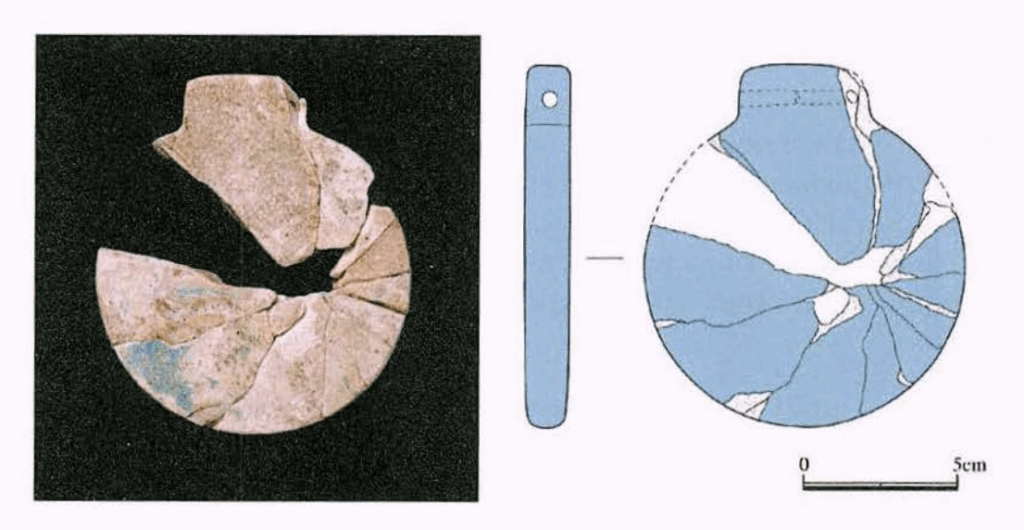
Rituals, Feasting, and Symbolic Architecture
Adding to the site’s significance are two underground storerooms (R54 and R62) containing over 6,000 miniature bowls, elaborate bullae, and exotic items like ostrich eggshells and panther-head sculptures made of marble and lapis lazuli. Burn marks on the walls and an unexplained external stone channel suggest these rooms were used in elaborate ceremonial feasts—possibly Hattian-origin building consecration rituals.
Archaeobotanical studies of these rooms uncovered a surprising variety of imported and symbolic plants, including sesame and cucumis (melons), pointing to intentional, possibly ritualistic consumption. Researchers estimate that over 3,000 people may have participated in the events commemorated here.
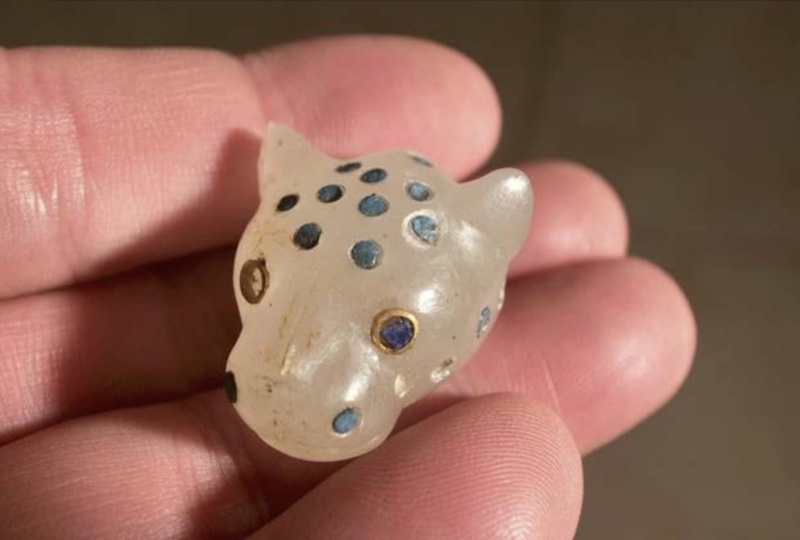
Why Büklükale Matters
These discoveries place Büklükale at the center of key historical transitions in Anatolia—from the trade-rich Karum period to the militarized rise of the Hittite Empire. Unlike more famous sites such as Boğazköy-Hattusa, Büklükale provides a rare glimpse into cultural synthesis and urban development in a frontier setting.
Moreover, the early appearance of glass technology, typically assumed to be Mesopotamian in origin, challenges existing narratives and raises new questions: Could Central Anatolia have played a more active role in technological innovation during the Bronze Age? Were Hittite elites consumers—or even producers—of high-value luxury goods?
As excavations continue, Büklükale promises to reshape our understanding of Hittite-era multiculturalism and the technological capabilities of Bronze Age Anatolia.
Matsumura, K. (2023). Büklükale: M.Ö. İkinci Binyıl Ortasında Multikültürel Görünüm. “Orta Anadolu Arkeoloji, Antropoloji ve Sanat Tarihi Araştırmaları”, In C. Atila, Y. Alkan, A. T. Uzunel, & G. Koyun (Eds.), Japanese Institute of Anatolian Archaeology.

